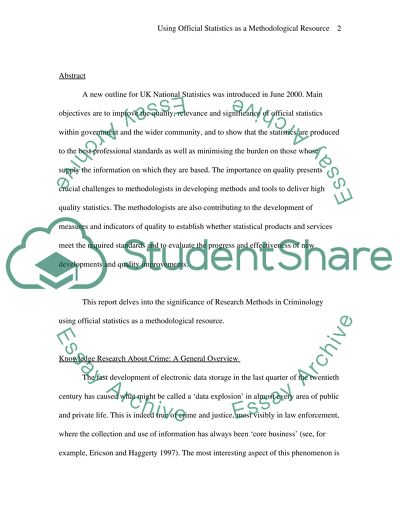Cite this document
(“Official Statistics as a Methodological Resource Essay”, n.d.)
Official Statistics as a Methodological Resource Essay. Retrieved from https://studentshare.org/law/1514784-official-statistics-as-a-methodological-resource
Official Statistics as a Methodological Resource Essay. Retrieved from https://studentshare.org/law/1514784-official-statistics-as-a-methodological-resource
(Official Statistics As a Methodological Resource Essay)
Official Statistics As a Methodological Resource Essay. https://studentshare.org/law/1514784-official-statistics-as-a-methodological-resource.
Official Statistics As a Methodological Resource Essay. https://studentshare.org/law/1514784-official-statistics-as-a-methodological-resource.
“Official Statistics As a Methodological Resource Essay”, n.d. https://studentshare.org/law/1514784-official-statistics-as-a-methodological-resource.


